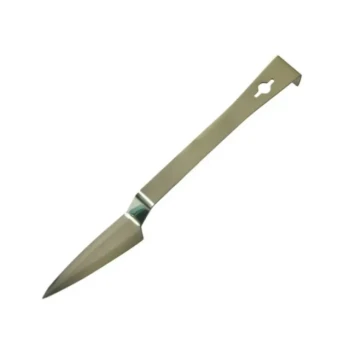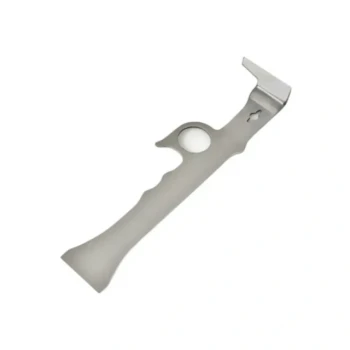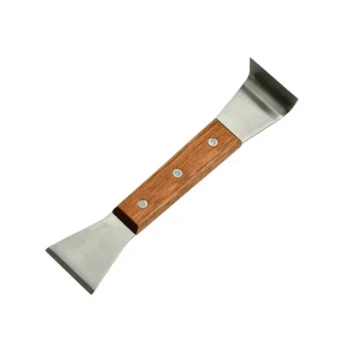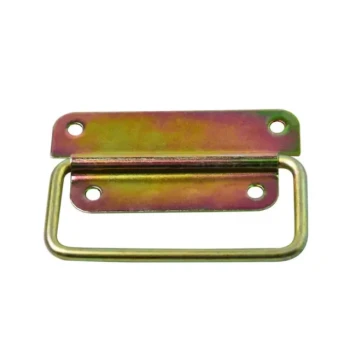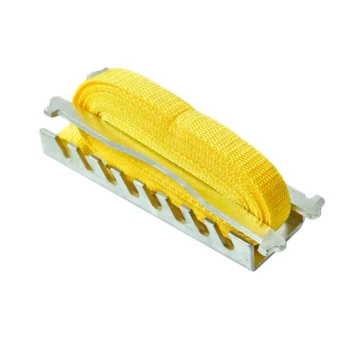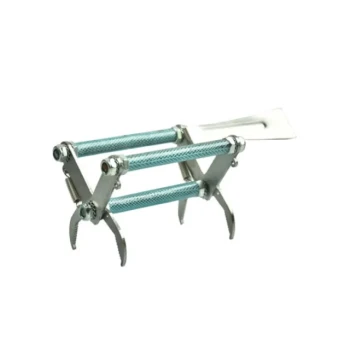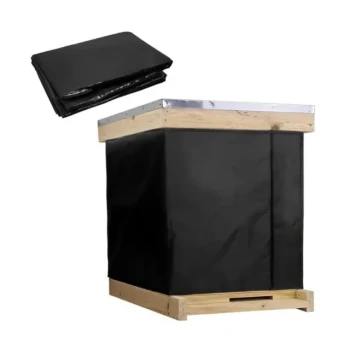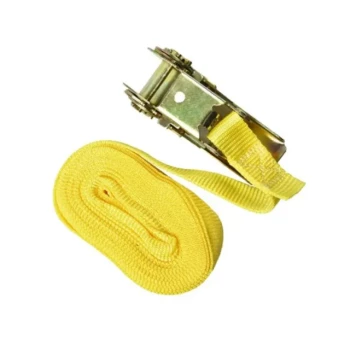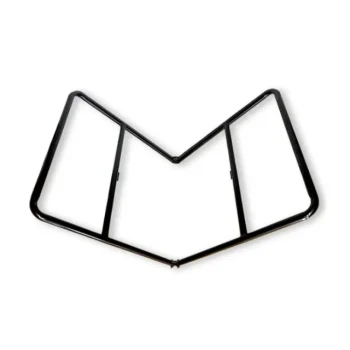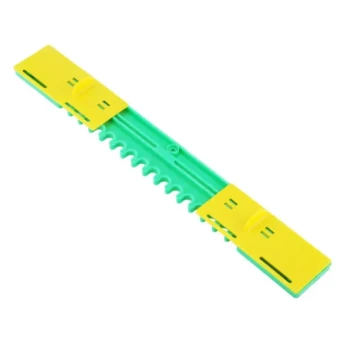To be clear, a top bar hive is not inherently "better"; it is simply different. It excels for beekeepers who prioritize a more natural, less-intrusive approach and are not focused on maximizing honey production. Its design philosophy aligns with observing bee behavior and minimizing heavy lifting, making it a superior choice for certain goals and physical abilities.
The decision between a top bar hive and other systems, like the common Langstroth hive, is a choice of beekeeping philosophy. Top bar hives are better for promoting natural bee behavior and ease of handling, while Langstroth hives are better for standardized, high-yield honey production.
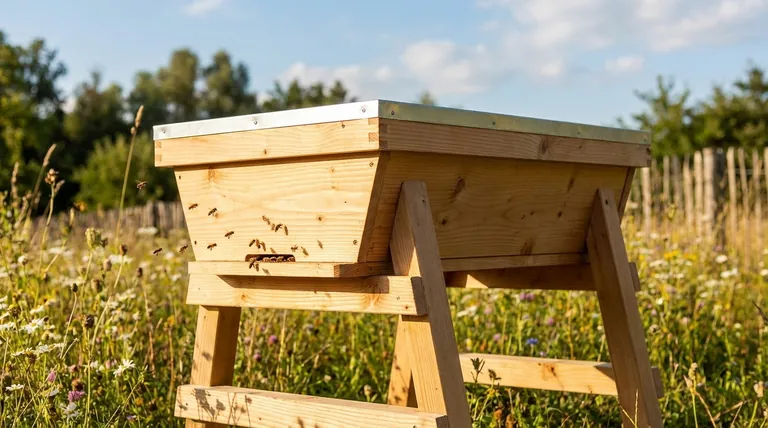
The Core Design Philosophy of Top Bar Hives
The top bar hive (TBH) operates on a principle of minimal interference and letting the bees manage their own nest architecture as much as possible. This contrasts with the more modular, production-focused design of a Langstroth hive.
Horizontal vs. Vertical Layout
The most obvious difference is the shape. A top bar hive is a long, horizontal trough, often compared to a horse watering trough.
The beekeeper adds bars to one end for expansion, and the colony grows sideways. This is fundamentally different from a Langstroth hive, which is a series of vertical boxes that are stacked on top of each other.
Natural Comb Construction
In a top bar hive, bees build their comb down from a simple wooden bar, often with just a small strip of wax or a beveled edge as a guide.
This allows the bees to determine their own natural cell size and comb structure, which is a central appeal for those practicing "natural" or "treatment-free" beekeeping. There is no pre-made foundation to guide them.
Minimal Disturbance Inspections
When inspecting a top bar hive, the beekeeper removes and examines only one bar of comb at a time.
This is a key advantage, as it exposes only a small fraction of the hive to the open air. It is far less disruptive and stressful for the colony than removing an entire heavy box from a Langstroth hive.
Key Advantages of the Top Bar System
The unique design of the top bar hive offers several distinct benefits that align with specific beekeeping goals.
Enhanced Overwintering
The horizontal design is often cited as being better for overwintering bees in cold climates.
A horizontal cavity holds heat more effectively than a tall, vertical stack. This design makes it easier for the bee cluster to stay warm and move sideways to access honey stores without having to cross large empty spaces.
Abundant Wax Production
If harvesting beeswax is a priority, top bar hives are an excellent choice.
Because the comb is not supported by a frame or foundation, it must be harvested by cutting it from the bar. This means every honey harvest also yields a significant amount of fresh beeswax, as the bees must rebuild the comb each time.
Superior Ergonomics
The top bar hive eliminates the need for heavy lifting.
All management happens at waist height, and the heaviest thing you will ever lift is a single comb full of honey. This makes it an ideal system for beekeepers with back problems, physical limitations, or those who simply wish to avoid lifting boxes that can weigh over 50 pounds (23 kg).
Understanding the Trade-offs
The benefits of the top bar hive come with significant and practical trade-offs that every beekeeper must consider.
Lower Honey Yields
The most significant drawback is typically lower honey production compared to a Langstroth hive.
Bees expend a tremendous amount of energy and consume a lot of nectar to produce wax. Because they must constantly rebuild comb after each harvest, their energy is diverted from storing surplus honey.
Fragile, Foundationless Comb
The comb is only attached to the top bar, making it very delicate.
New beekeepers must be extremely careful to always hold the comb in a vertical position. Tilting it horizontally can cause the comb to break off the bar under its own weight, creating a significant mess and potentially killing bees.
Non-Standardized Equipment
Unlike the globally standardized Langstroth equipment, top bar hive designs can vary.
This makes it more difficult to buy or sell bees (nucs) that will fit your specific hive, and sourcing compatible parts can be a challenge. You are often limited to your own equipment ecosystem.
Inefficient Honey Extraction
You cannot use a standard centrifugal honey extractor with top bar combs.
The honey must be harvested by crushing and straining the comb. This is a slower, more labor-intensive process that results in the complete loss of the drawn comb.
Making the Right Choice for Your Goal
Ultimately, the "better" hive is the one that best matches your personal beekeeping philosophy, physical abilities, and goals.
- If your primary focus is natural beekeeping and bee welfare: The top bar hive is an excellent choice, as it allows for natural comb and less intrusive inspections.
- If your primary focus is maximizing honey production: The Langstroth hive's reusable foundation and compatibility with extractors make it a far more efficient system.
- If you have physical limitations or want to avoid heavy lifting: The top bar hive's ergonomic, no-lift design is a clear and significant advantage.
- If you value standardized equipment and a wide community for support: The Langstroth hive is the dominant industry standard for very practical reasons.
Choose the system that you will be most comfortable and confident managing for the long-term health of your bees.
Summary Table:
| Feature | Top Bar Hive | Langstroth Hive |
|---|---|---|
| Honey Production | Lower yield | High yield |
| Comb Management | Natural, foundationless | Standardized, foundation-based |
| Ergonomics | No heavy lifting, waist-high | Requires lifting heavy boxes |
| Overwintering | Excellent heat retention | Can be challenging |
| Equipment | Non-standardized, variable | Globally standardized |
| Best For | Natural beekeeping, hobbyists, limited mobility | Commercial production, standardized operations |
Ready to choose the right hive system for your operation?
Whether you're a commercial apiary focused on high-yield production with Langstroth equipment or a distributor seeking ergonomic top bar solutions for your customers, HONESTBEE has the wholesale supplies and expertise to support your success.
We supply durable, high-quality beekeeping equipment designed for the demands of professional beekeepers. Contact our team today to discuss your specific needs and get a quote for your operation.
Contact HONESTBEE for a Wholesale Quote
Visual Guide

Related Products
- Top Bar Beehive for Beekeeping Wholesales Kenya Top Bar Hive
- Long Langstroth Style Horizontal Top Bar Hive for Wholesale
- HONESTBEE Professional Long Handled Hive Tool with Precision Cutting Blade
- HONESTBEE Advanced Ergonomic Stainless Steel Hive Tool for Beekeeping
- Professional Dual-End Stainless Steel Hive Tool for Beekeeping
People Also Ask
- What are the advantages of harvesting honey from a top bar hive? Low-Cost, Simple Harvesting for Beekeepers
- What are the benefits of extra wax production in top bar hives? A Natural Byproduct for Craft & Efficiency
- How is honey harvested from a top-bar hive? A Guide to Simple, Low-Equipment Processing
- Which is better Kenya top bar hive or Langstroth? Choose the Right Hive for Your Goals
- What is the quickest method to harvest honey from a top bar hive? A Guide to the Simple 'Cut and Crush' Method


